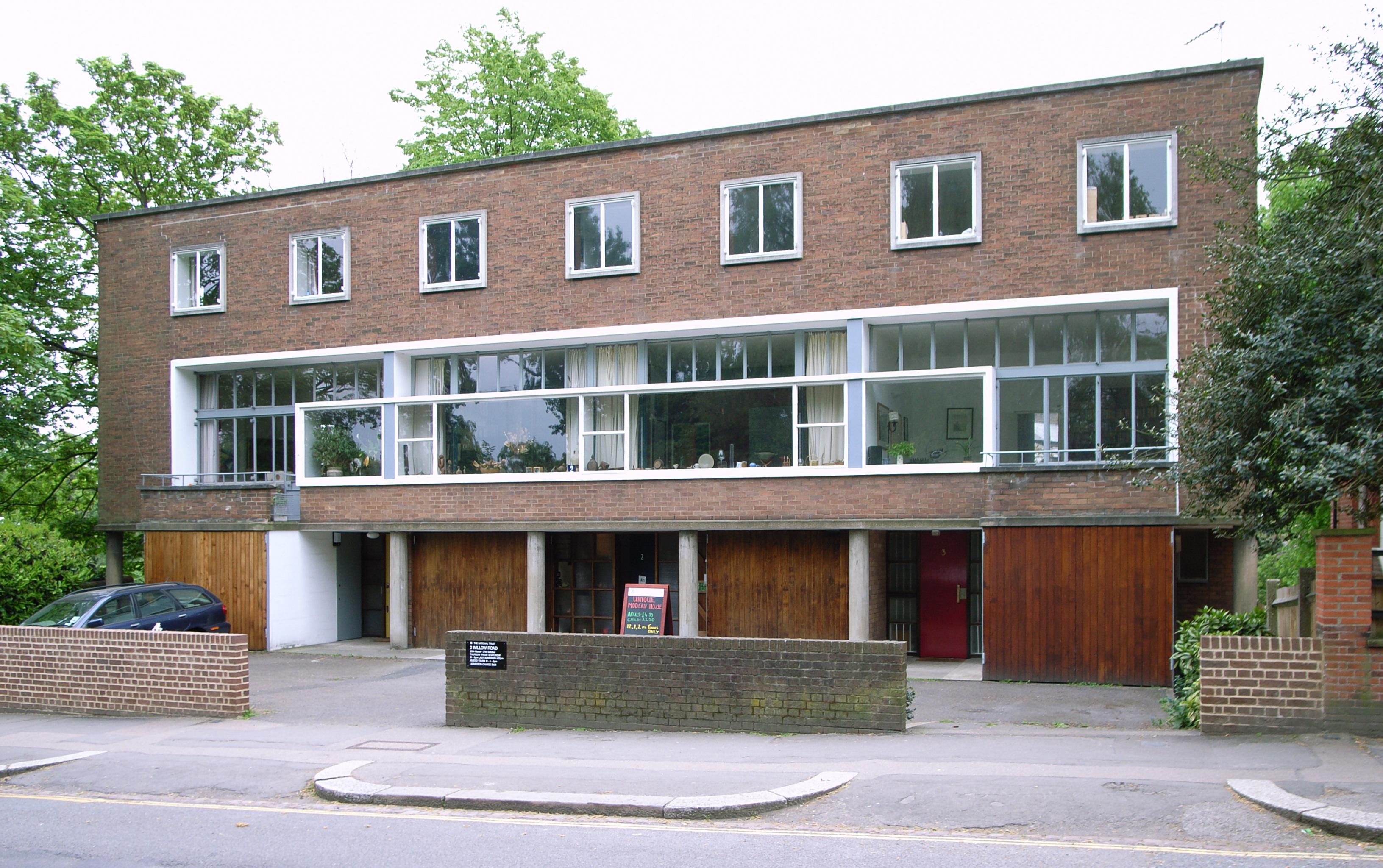The Delage that won this year's grand prize at Pebble Beach made me think of another Delage. No, wait, not Delage, another priceless French car that starts with Dela, Delahaye, Rob raced a Delage in the 1950s but it was the Delahaye he raced at LeMans.
 |
| Rob at Tetre Rouge, LeMans 1939 Photo fromRob Walker by Michael Cooper-Evans |
Rob was born in a house of a hundred rooms to a fortune a big as Texas and a gentle spirit rare among gentlemen. He had the grace and the grandeur of an ocean liner. And nobody had more fun.
He learned to drive on the mile long driveway at eleven, leaning into the curves, throwing up waves of gravel, his little Austin screaming.
At Cambridge, he shocked the horsey set at the annual Cottenham National Hunt by doing the steeple chase in his bi-plane. And got banned from flying for life until the war when he flew fighter planes for the Royal Navy .
He raced his Delahaye at LeMans in 1939 wearing a pin-stripe suit. His crew flagged him in for a pit stop because they were down to the last bottle of champagne and they knew he wouldn’t want to miss that. “Oh absolutely, quite right.” He helped finish the bottle and went back out to finished the race ninth. And drove back to England in the car.
 |
| Stirling Moss and Rob Photo fromRob Walker by Michael Cooper-Evans |
He was the last Private Entrant. The last Gentleman. The one in whose shadow the small men of today's Formula One now run. He was “the first private entrant to defeat the factory teams in World Championship Grand Prix racing. Between 1958 and 1968 he did it nine times.
His passport read Robert Roderick Campbell Walker. Under `occupation' it said `Gentleman.'
He asked me to lunch.
I’d grown up reading Rob Walker in Road & Track. And in my early novels, the team owner, Ken Arundel is based on my boyish guess of what the real Rob Walker might be like. The real Rob Walker turned out to be more charming, delightful, and fun.
He poured half a bottle of Chambolle-Musigny into a goblet the size of a fish bowl and handed it to me. A priceless Breughel hung on the wall of his dining room behind him. “The other one’s in the bedroom.” he said.
He showed me a long row of cardboard boxes overflowing with newspaper clippings, hand written notes and photographs. Now that he had retired from racing, would I like to write his biography?
It was a great honor to be asked. But I turned him down. I was too American to write his story. It would have to be written by a Brit. How about Michael Cooper-Evans? I said. Michael had written three fine books on racing. And he’d been Rob’s team manager when Stirling Moss was driving for Walker Racing. And Michael had just retired from being the Chairman of JWT, the largest ad agency in Europe. “He’d be perfect.”
And so he was. Michael had taken hundreds of photographs from those years, and unlike me, he was there. The result, ROB WALKER, by Michael Cooper Evans is the great record of racing’s golden age. Here’s a quote from the book:
Rob Walker made countless friends during the course of his motor racing career.
Even as a journalist he has made no enemies.
In his study at Nunny, Mike Hailwood’s Griffen helmet stands amongst Rob’s collection of trophies as a reminder that, unlike those of us who have led more humdrum lives, he cannot enjoy sharing reminiscences with many of his closest friends: Jim Clark, Pedro Rodriguez, Gilles Villeneuve, Jochen Rindt, Ronnie Peterson, Graham Hill, Mike Hawthorn, Harry Schell, Peter Collins, Jo Siffert, Bruce McLaren. It’s a cruel sport.
There is a story, perhaps apocryphal, of an ageing English dowager, rudely awakened by the screech of a Formula One engine warming up below her bedroom window for early morning practice at Monaco, observing sniffily, “In my young day the drivers were all gentlemen pretending to be mechanics; now they are all mechanics pretending to be gentlemen.”
Never in his life has Rob pretended to be anything but himself – generous, unpretentious, courteous, kind, the epitome of the English gentlemen. Motor racing will never be quite the same without him, and will never again be enriched by anyone for whom there is such widespread respect and genuine affection.
Rob Walker is one of a kind.
(from Rob Walker, by Michael Cooper-Evans
Hazelton Publishing, 1993)































